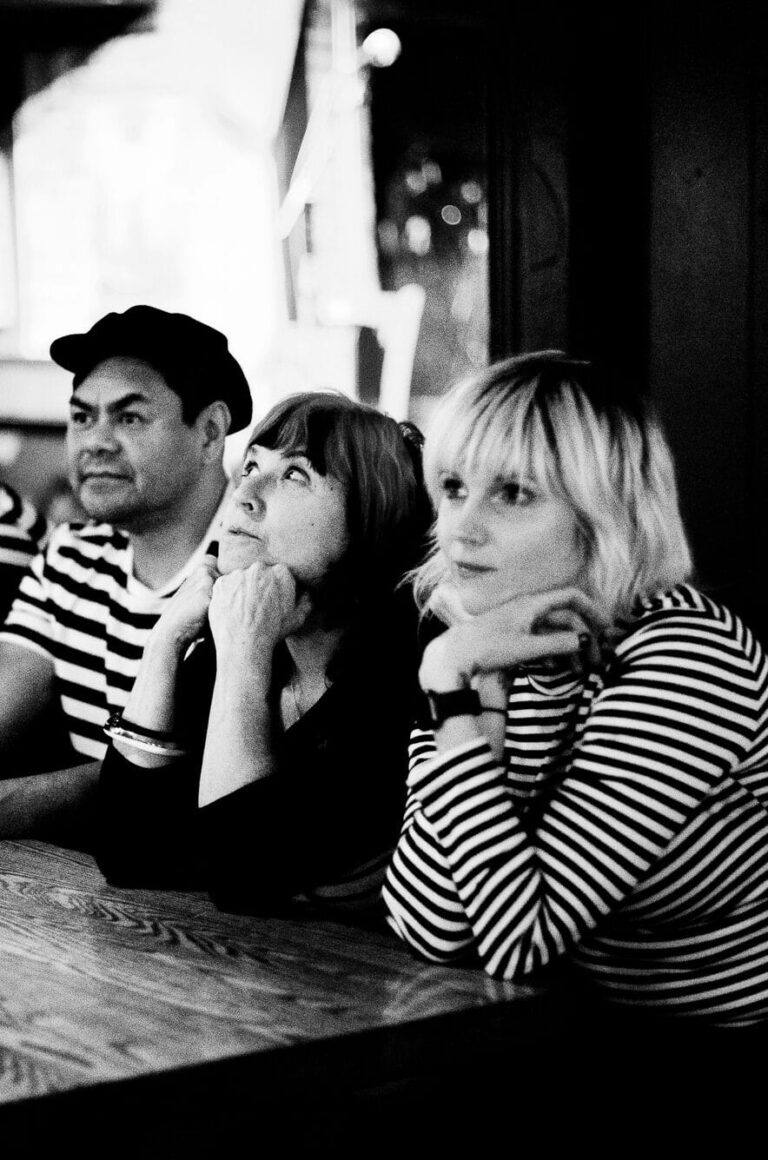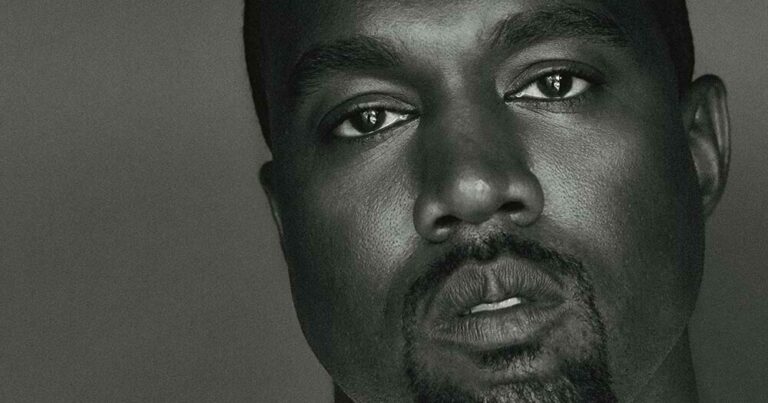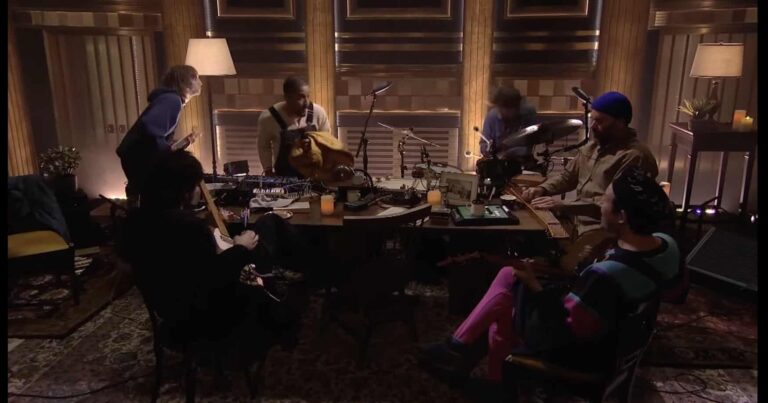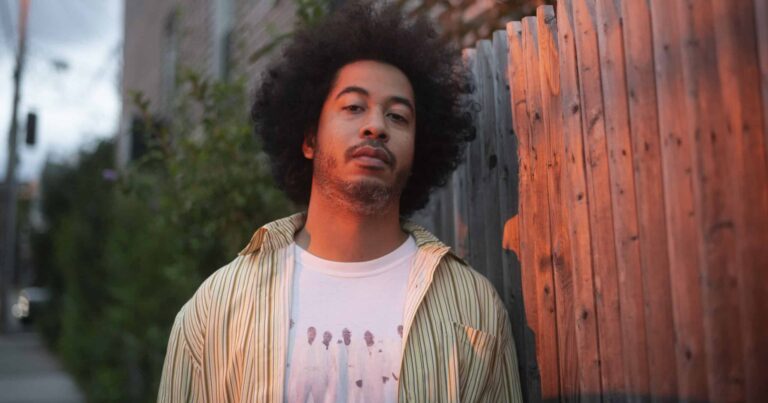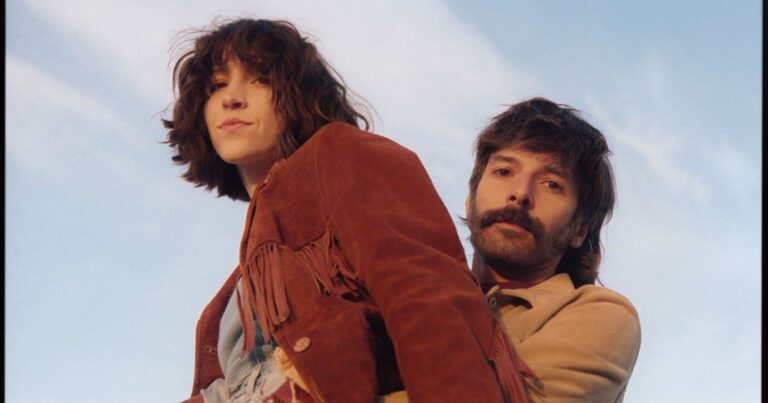Based in Oakland, California, Artsick was formed in 2018 by multidisciplinary artist and one-time Burnt Palms singer/guitarist Christina Riley, who was writing songs on her own but missed the feeling of collaborating with her former band. Joined by bassist Donna McKean (Lunchbox, Hard Left) and drummer Mario Hernandez (Kids on a Crime Spree, Ciao Bella), the band put out a 7″ single in 2018 that led to some pre-COVID shows and drew the interest of Slumberland Records, which released their debut album Fingers Crossed last week. Recorded over the course of a year with Lunchbox’s Tim Brown, the record nods to the ‘90s output of labels like K Records and the C-86 scene, but stands on its own thanks to the infectious and heartfelt nature of the songwriting and performances. Fingers Crossed is stacked with hooks, but most impressive is the way it combines emotional sincerity and confidence, as if the simple act of putting a song together can cure the restless feeling that birthed it. A sense of self-aware humour doesn’t hurt, either: “I overthink almost everything,” Riley sings on ‘Fiction’. Artsick make going insane sound almost easy, even as the world outside keeps getting crazier.
We caught up with Artsick’s Christina Riley and Donna McKean for this edition of our Artist Spotlight interview series to talk about their new album, artsickness, and more.
I’ve really been enjoying your new album. I feel like with a record like this, it’s easy to fall into the trap of listing a lot of bands and reference points, but the songs here are just infectious on their own.
Christina Riley: That’s awesome. I’m so happy to hear that. Personally, I don’t really think of other bands or musicians when I’m writing the songs. I just write the guitar parts and the lyrics and then Donna writes the bass and backing vocals and Mario does drums and tambourine. We all have our own influences, but it’s never on my mind. It’s always like a subconscious thing for me, I guess. It’s hard to describe – the best experiences I have with songwriting is when it just pours out of me. I’ll feel something coming and I’ll just like go to my band space and then something will just come out very quickly. It doesn’t always work like that, you know, some tracks take a little more time. But that’s my favourite feeling in the world.
I think that’s where the immediacy of it comes from. How are you finding the response to the album so far?
CR: We’ve just been lucky that everything is positive. I think I’d handle negative things – I would just have to ignore them. Because honestly, music is something that I love doing and it makes me happy and that’s why I do it. So if people like it and appreciate it, that’s the best, but it’s not the reason I do it.
Donna McKean: Art for art’s sake.
CR: Yes. And you know, Donna and Mario are both amazing musicians, so I feel like it’s also my favourite one. I’ll usually just send them a demo recording I do on my own and then they come up with their parts, so it’s always really exciting when I hear how the songs evolve with their parts. I love that part of it as well.
DM: It’s fun for me to just get the raw material, and then I’ll just do whatever I want. [laughs]. There’s such good bones to the songs that it’s easy to make the bass lines around it.
CR: I mean, ever since I met Donna while playing with my old band, we played some shows together, and even before we were friends I would just watch her on stage, just fascinated by how she played the bass. And Donna, your energy is like the best. It’s such a happy, fun presence, so it’s just a joy to create with you.
DM: I remember the first time I saw Christina play, I think we played a show together, Lunchbox and Burnt Palms. And she’s playing and she had her infant on her back in a backpack. [Christina laughs] Like, “Wow, this woman is committed to art.” I thought that was really cool. She didn’t let anything stop her, that’s for sure.
CR: Aww. Yeah. It’s also like art for survival for me, you know. It’s something that I feel I have to do or I don’t feel very good. I mean, our band name is very fitting for many reasons.
Could you talk about what artsickness means to you?
CR: If I’m not able to write songs or take photos or whatever, because of kids or my life, then I feel artsick. Like I’m lovesick or homesick, but for creating. That’s sort of where it came from.
What about you, Donna, what did you think when you first heard the term?
DM: I just thought it was very fitting, especially for Christina, because I know how she is. Art is really important in her life, and for me, too. I’ve always had this other project going, but I’m always down for art.
CR: Mario and Donna kind of solved my artsick feeling. [laughs] You know, by writing these songs with me. Because it was hard when my old band broke up. I had a really hard time with that, and I was kind of lonely. Although I’m happy to just write songs on my own, it’s not the same as collaborating with great musicians, how satisfying and how exciting it is.
Donna, when Christina came to you with these songs, what stood out to you about them and made you want to commit to the project?
DM: Well, they’re not cookie-cutter, you know? There’s something familiar about it but there’s always some kind of a twist where the music goes somewhere you didn’t expect it to go. And for me, that’s really exciting and intriguing. And then some of them, like ‘Look Again’, it was just so beautiful to me. I was just taken with it.
CR: I was so lucky to have both Donna and Mario. ‘Look Again’, I think it’s my favourite song on the record, actually. It has a lot of emotion in it, and what they both did on their instruments, it just rips my heart out. And those are the best songs, where you just feel it.
DM: Yeah. I think that that’s what attracted me to the songs and to your writing, also, is that you’re so sensitive and you’re not afraid to show it. Not everybody can do that.
CR: Yeah, thanks. I mean, I wear my heart on my sleeve, totally. [laughs]
Christina, you were talking earlier about what inspired you about Donna’s playing prior to her joining the band, but were you surprised in any way by what she brought to the project?
CR: I mean, her bass lines are very unpredictable. I think that’s what draws me to them. And they have so much character on their own, really strong and beautiful and unusual. That definitely attracts me to her style, and then of course, we just became closer friends and we have so much fun together. We’re both pretty silly, and Mario is too, he’s actually really funny. I live about almost two hours or so from both of them, and I go out and get to stay at her house, it’s really nice to have that time together. It was honestly the best thing when we recorded the harmonies. [laughs] We were messing around and somehow ended up imitating opera singers but recording it on a track. We were listening back to it and it was just really funny. We took it out, obviously, but…
Why?! I’d love to hear that.
DM: [laughs] I think we have a video of it somewhere.
CR: It might be on our Instagram.
In terms of Mario’s contributions, was there anything you were surprised by?
CR: He’s also just a genius, like Donna. He can play every instrument, but as a drummer, when Donna and I play with him, both of us are like, “Whoa.” He’s so good, and unusual too, he does cool things I wouldn’t ever think of. So I love that, and also he’s just really reliable and fun to hang out with as well. He has a kid who’s friends with my kids, so that’s kind of neat too. When we hang out, our families hang out too sometimes. But both of them, I just really respect their songwriting and everything they do is amazing, so I’m very excited about this band.
Donna, what was it like for you working with Tim outside Lunchbox?
DM: We work pretty hand-in-glove together normally, so maybe it was different because Christina was the creative focus. I don’t know, for me he’s really easy to work with because we know each other so well. [laughs] He’s just so smart. He knows everything about recording and he’s got really good ideas sometimes about little things we could do.
CR: Yeah, it was cool for me too. It was a different experience because with my old band, we recorded with Gary Olson of Ladybug Transistor, but it took us like a week to record all my old band’s albums because they all live locally so we were just practicing all the time. It was also just a different time personally, like family-wise for me. But it wasn’t analog, we just recorded it digitally with my old band. So I do really love the process of analog and the sound of it as well. Before I met Mario and Donna it wasn’t something I had thought about really. With Burnt Palms, I think we recorded like a four-track on an analog thing, but it was just released on cassette. I feel like I didn’t care about it as much at the time, but working with Tim and Donna and Mario, I just feel like analog is sort of special.
I wanted to go back to the idea of artsickness in relation to a song like the opening track, where you talk about feelings of frustration and dissatisfaction. To what extent does music offer a respite from that for you?
CR: Oh, totally. I think it is also a coping mechanism for me, music, for my mental health. That song I actually wrote quite a few years ago, because I originally wrote it for my old band, but we never recorded it. And that was also interesting because it sounded totally different with my old band – when we’d practice they were playing different things, they’re different musicians. So when I brought it to this project, I just felt it really suited the album and the other songs, the theme of it and the feeling of it. I still relate to the lyrics of that song. I spend a lot of my time feeling like I need to do something, sort of all over the place, sometimes.
DM: I don’t know if you noticed, but Christina’s an amazing artist all around. She’s a photographer, and she’s done a lot of videos – she did a video for Lunchbox, she did a video for Mario’s band, she did all the videos for us. It’s like she can do anything.
CR: Thank you. That’s so sweet. Again, it sort of just feels like part of who I am, creating and exploring things and just experimenting my way through things. I do get discouraged sometimes and think like, “Oh man, I don’t know if this is any good.” It’s easy to beat oneself up, you know? I think that is sometimes a theme in some of my songs too, just how I struggle with not doing enough because I am restless. Even though I’m doing so much, sometimes it still doesn’t feel like enough. But then I get maxed out.
This interview has been edited and condensed for clarity and length.
Artsick’s Fingers Crossed is out now via Slumberland Records.
